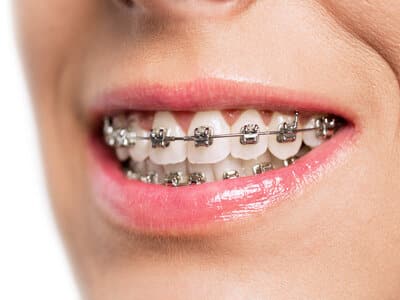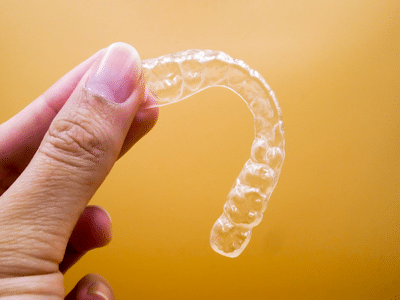
Orthodontics can play a significant role in improving a child’s speech by correcting malocclusions that affect speech patterns. Malocclusions, such as overbites, underbites, and crossbites, can cause speech issues by impacting the tongue’s placement and regulating airflow during speech.
Fortunately, orthodontic treatment can correct these malocclusions and improve speech by altering the anatomy of the mouth. By adjusting the position of the teeth and jaws, orthodontics can help the tongue connect with the alveolar ridge correctly and regulate airflow during speech, resulting in clearer speech sounds.
Orthodontic treatment can also work alongside a speech pathologist or other healthcare professionals to create a comprehensive plan to improve speech. However, it is important to note that orthodontic treatment may not always be the sole solution for speech problems. In some cases, jaw or orofacial surgery may be required to correct severe speech impairments.
If your child is experiencing speech difficulties, it may be beneficial to consider orthodontic treatment. An orthodontist can evaluate your child’s mouth’s anatomy and determine if orthodontics can improve speech. Early intervention is key, and by addressing malocclusions at an early age, you can help your child develop clear and effective communication skills.
Contact our office to schedule an appointment and learn how orthodontics can benefit your child’s speech development.
 Orthodontics is often associated with improving the appearance of teeth and correcting bite issues, but did you know that it can also help with breathing and sleep disorders? In fact,
Orthodontics is often associated with improving the appearance of teeth and correcting bite issues, but did you know that it can also help with breathing and sleep disorders? In fact,  The mouth is a complex and intricate part of the human body. If you’re considering
The mouth is a complex and intricate part of the human body. If you’re considering When it comes to
When it comes to 
 You might be considering getting braces to help straighten your teeth. Congrats! Before you make a decision about which treatment path is best for you, it’s important that you ask your orthodontist some key questions. In this post, we’ll cover what you should ask about the treatment process, the cost of braces, and what to expect after your braces or Invisalign treatment starts, with insights from
You might be considering getting braces to help straighten your teeth. Congrats! Before you make a decision about which treatment path is best for you, it’s important that you ask your orthodontist some key questions. In this post, we’ll cover what you should ask about the treatment process, the cost of braces, and what to expect after your braces or Invisalign treatment starts, with insights from